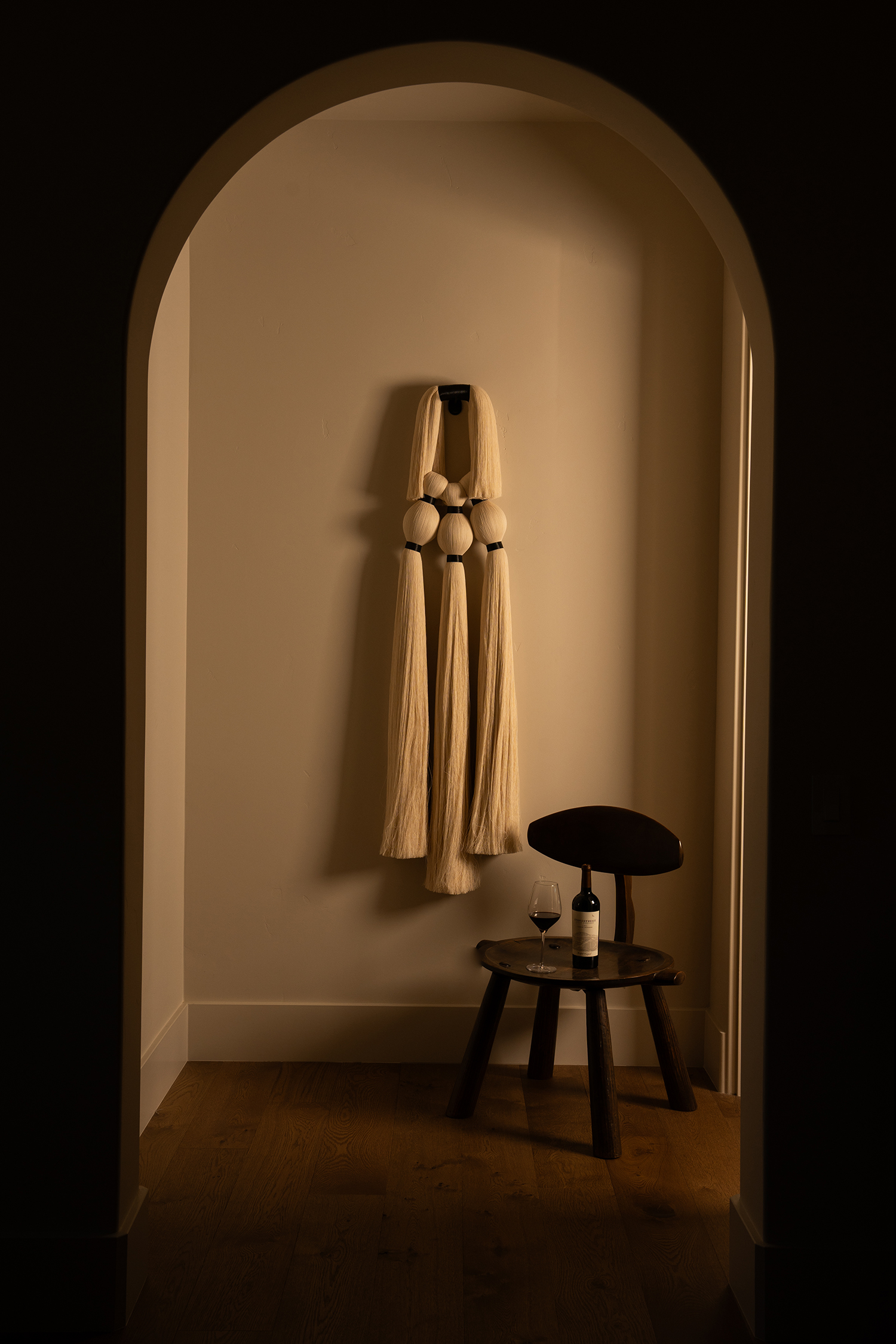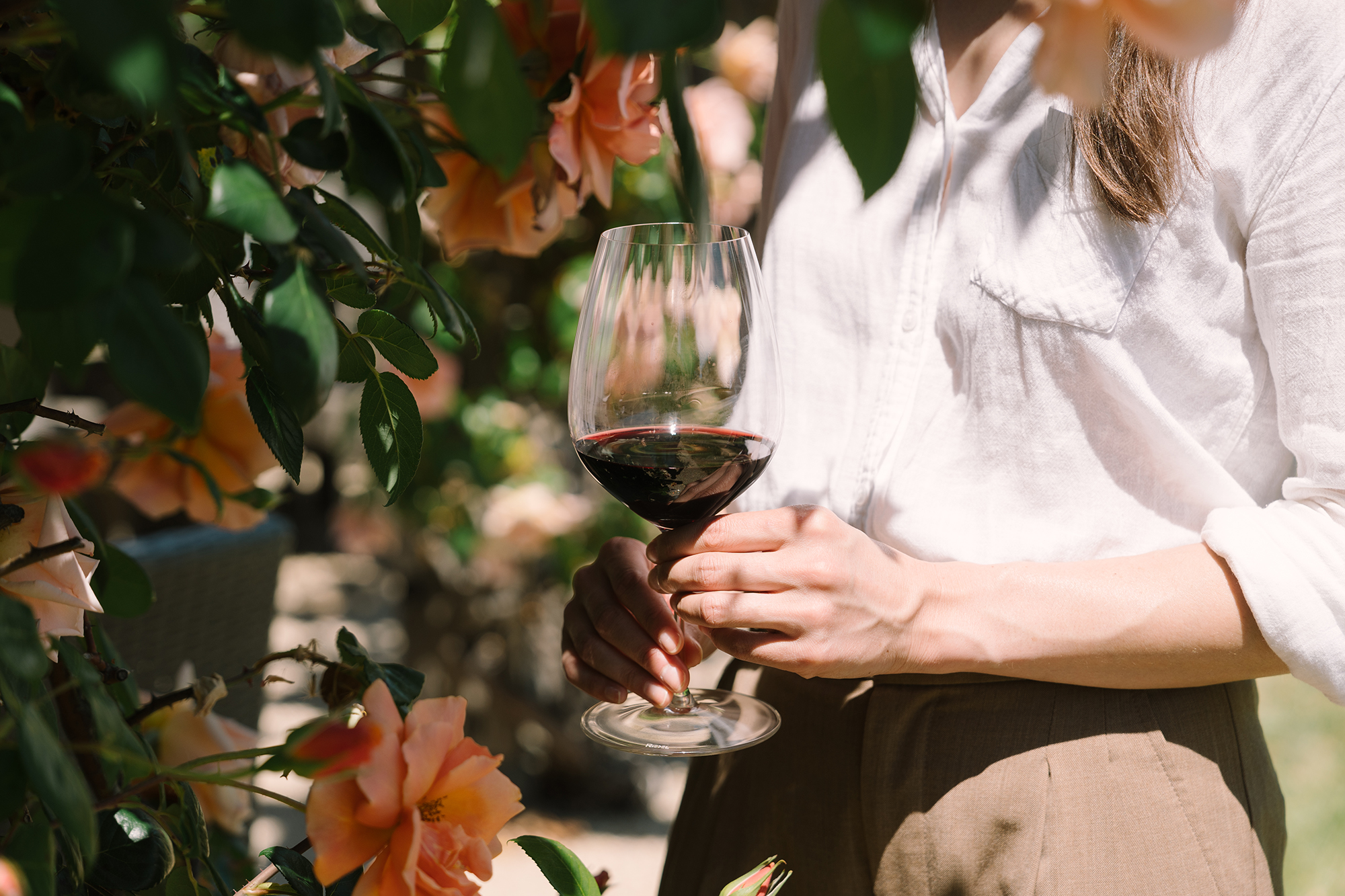Large Format Bottles: Why You Should Go Big
What are large format wines?
Large format wine bottles are simply oversized bottles that hold more wine than standard 750ml bottles. There are about a dozen sizes, ranging from the Magnum, which holds the equivalent of two standard bottles, to the Jeroboam, which holds four, all the way up to the rare Melchizedek, which contains a boggling 40 bottles’ worth of wine—or 200 servings. Large format bottle sizes are fancifully named, mostly after biblical kings and historical figures.
At Stonestreet, we bottle some of our single-vineyard wines in Magnum, 3 liter, and 6 liter sizes.
The benefits of large format wines

Visual impact
Large-format wine bottles have an undeniably impressive appearance and dynamic presence. Whether given as a gift, or standing as the centerpiece of special occasion, a large format bottle is an easy way to create a dramatic presentation. A big bottle is perfect for commemorating a wedding, birthday, holiday, or anniversary. It serves as a visual representation of how important these events are in our hearts and minds. Bonus points if you purchase a large format from a personally significant vintage, for example a birth year or wedding year.
Serves more guests
On a practical level, large formats hold more glasses of wine, which means you can open just one bottle and take care of more guests at your gathering—and do it in style. It is also emotionally compelling to know that everyone is drinking wine from the same strikingly beautiful bottle.
Longer shelf (or cellar) life
Large format wines age more slowly. In comparison to a typical 750mL wine bottle, a large format bottle has less oxygen trapped inside relative to the volume of wine—think of this in terms of the ratio of air to liquid. The reduced oxygen by volume allows the wine to oxidize more slowly, hence lengthening the aging process. This strengthens the overall stability of the wine, meaning you can a large format as a gift to mark a special event, and the recipient can open it many years later at another significant occasion.
Enhanced quality
This may be the most important reason to purchase large format wines: Longer, more stable aging positively impacts a wine’s aroma and flavor development. Thanks to very gradual aging, wine in a large format bottle may achieve even greater complexity and nuance than the same wine in a standard bottle.
That said, at Stonestreet we harness the power of aging for every bottle size. To benefit our collectors, we have taken the somewhat unusual step of adjusting our wine release schedule to allow additional bottle aging for our wines, including standard bottles. Learn more about our aging philosophy here.
But back to large formats. In addition to the advantageous oxygen ratio, large format bottles tend to be more resistant to temperature fluctuations. The larger volume of liquid in the bottle takes longer to warm or cool, and is therefore more resistant to environmental temperature changes that could potentially damage a smaller bottle of wine.
The thicker glass of a large format bottle also offers better UV protection for the wine, further protecting quality. Ideally you will store your large formats in a proper cellar, but these protective factors can be a great benefit if you have less-than-ideal wine storage conditions.
Showing off
Adding a few large format bottles to your collection will demonstrate your wine expertise to your friends and family. And these trophies make great conversation starters and aesthetic statement pieces. Unlike some forms of showing off, large format bottles tend to bring genuine smiles to the faces of guests. Here are some Stonestreet large formats currently available
How to open a large format bottle
Opening a large format bottle can be a daunting task, especially for 3L bottles or larger. The corks are wider in diameter but are typically the same length as a standard cork. Here are a couple of tips to help you wow your friends and family during your next gathering.
- For bottles with a wax seal, you will want to carefully cut off the top portion of wax to expose the cork. This is best done with a serrated knife. Again, be careful and go slowly. It may help to warm the wax up first. Put your hand around the wax and read a book or watch a show for 15 minutes. You will want to cut through the wax just under the collar of the wine bottle. Start with a shallow cut all the way around as a guide, then cut through the wax until you get to the glass. Peel the wax away. Note, if you are opening an older wine that you wish to decant, remove the entire wax seal so you can see into the neck of the bottle while pouring.
- To remove the cork, we recommend using an Ah-So cork remover as these work well with the wider diameter cork. Insert the longer prong of the Ah-So first, in between the cork and the inside edge of the bottle. Rock the Ah-So back and forth until it is all the way inserted into the bottle. Gently twist the Ah-So upwards and as you do, the cork should lift out with it. When the cork is about halfway out, stop and rock the Ah-So down again. Slowly twist the cork upwards the remainder of the way.
- If using a regular corkscrew, be certain you have a firm grip on the cork with the corkscrew before you begin to pull. Very gently, pull the cork straight upwards, making sure the cork is moving and sliding free from the glass. If the center of the cork starts to break away from the rest, stop and try to insert the corkscrew further in. Once the cork is moving, you should have no trouble. Some large bottles may require using 2 corkscrews and plenty of leverage.



 Large.jpeg)